You are here
Museum in village of Lepsi.
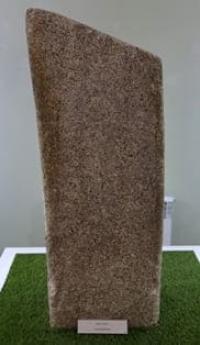
Museum collections of Kazakhstan.
“The monument discovered in the village of Lepsinsk dates back to the period of the VIth – VIIIth centuries AD. Typically, such a monument was cut down on the anniversary of the person’s death. A mound was built, near which the funeral ace was held. The sculpture personified the presence of the deceased at the funeral feast. At the wake they drank intoxicating kumiss, for this purpose a bowl was depicted, a weapon is a sign of a victorious warrior, perhaps in his left hand he holds a torsyk - a vessel for kumiss.”
Kazakh scientist-archaeologist, Doctor of Historical Sciences, professor, corresponding member of the National Academy of Sciences of the Republic of Kazakhstan, academician of the National Academy of Sciences of the Republic of Kazakhstan, Honored Scientist of the Republic of Kazakhstan Karl Baipakov.
Museums of Zhetysu region.
The local historical museum is located at an altitude of 997 meters above sea level, located in the northern part of the village of Lepsi (former Lepsinsk) in the Alakol district of the Zhetysu region. On October 27, 2021, a historical museum opened in the village of Lepsi.
Local historian Muharram Mintaevich Khaibullin worked for a long time as a history teacher at a school in the village of Lepsi. All this time he was fascinated by the history of his region, he collected a large number of artifacts and household items from the old days.
Previously, the exhibits were exhibited by him in one of the classes of the local school named after K. D. Ushinsky during the teaching activities of the local historian. In connection with the opening of the museum, the famous philanthropist Bauyrzhan Ospanov helped in the opening of which, the exhibits moved to the spacious halls of the museum.
In the central hall of the museum there is a valuable artifact - a stone sculpture of “balbal”, which dates back to the times of the Turkic Khaganate (VI - III centuries). Mukharam Khaibulin discovered this stone in 1989 while working in the field.
Thus, an inquisitive local historian discovered this unique find in the vicinity of Mount Kok-Tobe, which is located in the vicinity of the village of Lepsi. For a long time the stone was located near Mukharam’s house.
The age of the stone sculpture exceeds 1000 years. The stone depicts a man's profile, in one hand he has a bowl, in the other - a torso. Such statues were tombstones and were installed at the burial sites of noble people of that time.
The museum stands display a unique military uniform of soldiers of the Alash-Orda Regiment; these are very rare exhibits. In total, the museum has three ethnographic halls; the life and way of life of the Kazakh, Tatar and Slavic peoples who lived in the village and its surroundings at different times are presented here.
The famous sculptor from Almaty, academician Shamil Kozhakhanov, together with the team of Zaman-Tu LLP, of which he is the leader, was engaged in artistic and design work in the museum. The museum staff consists of 10 employees.
The museum starts working from 9 a.m., the entrance ticket costs 500 tenge.
Geographic coordinates of museum in village of Lepsi: N45°31'48.81" E80°36'46.57"
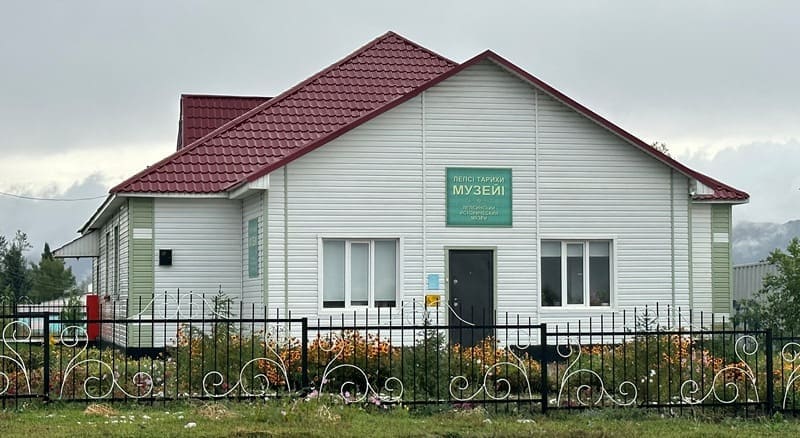
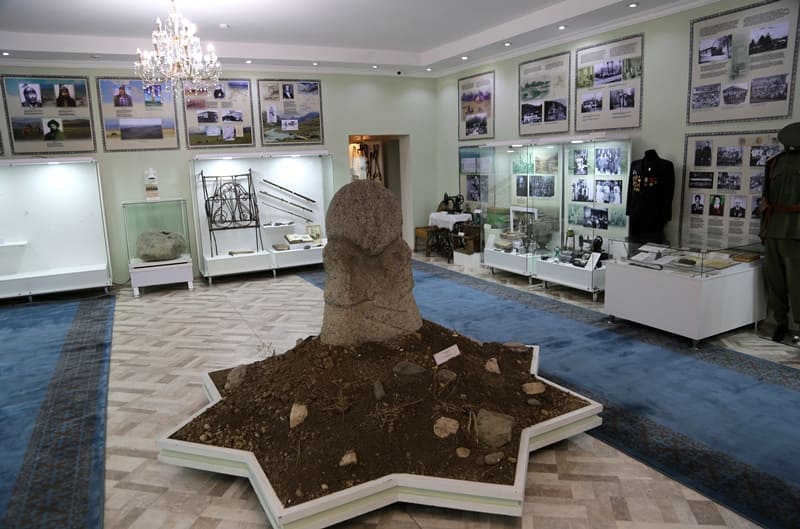
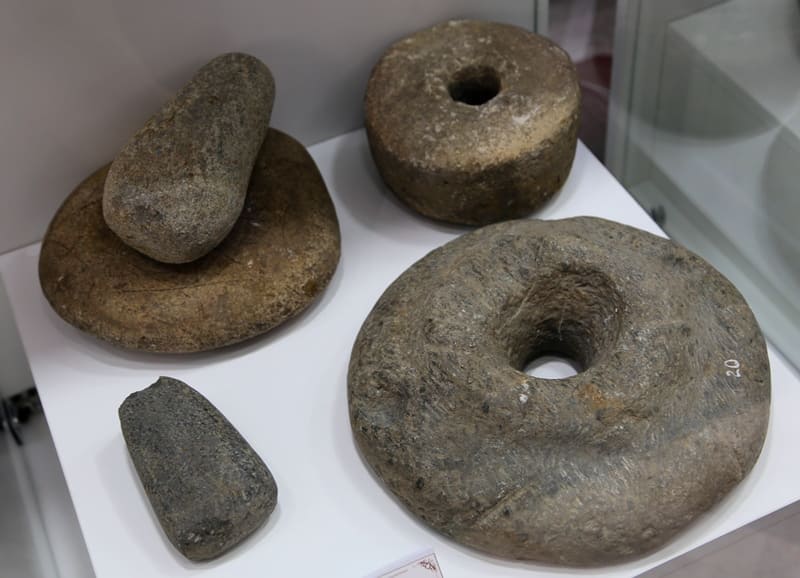
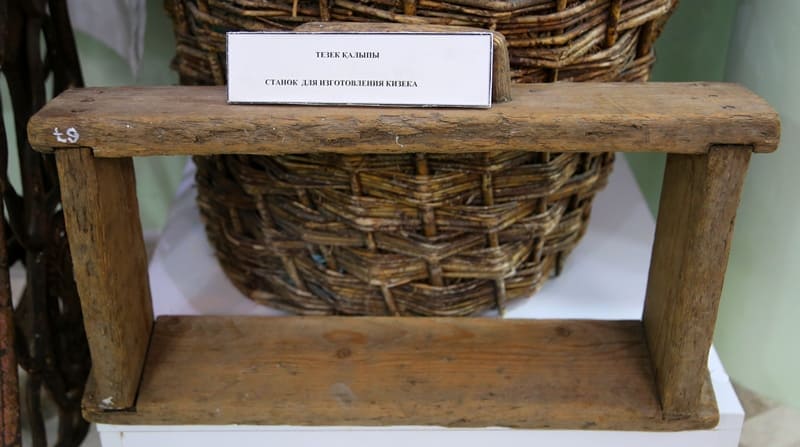
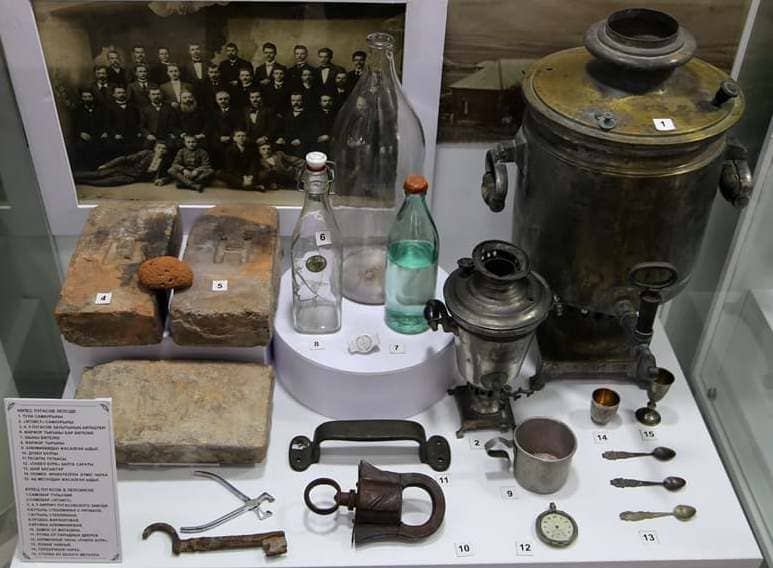
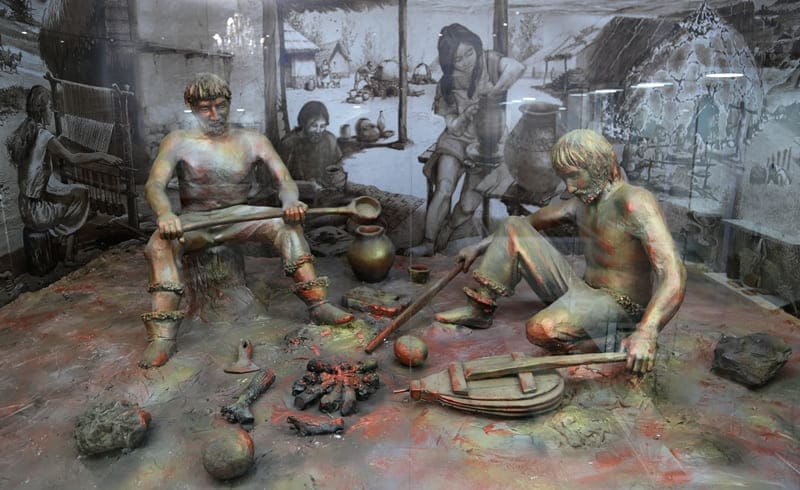
Athority and photos by:
Alexander Petrov.






